Radegast Station - Independence Traditions Museum in Lodz, Central Poland, Poland
4.5 (166 reviews) Monday: 11:00 AM - 6:00 PM Spent 1-2 hours Ranking #5 in Lodz Province Speciality Museums

Built in 1941
The Radegast Station during the World War II was transformed into a station used to deliver food and industrial materials to the ghetto. The station’s building standing to this day was built in 1941 and in the same year the station became the final point of trains transporting Jews from western European countries and provincial ghettos from Wartheland. Currently the Station is under the care of the Museum of Independence Traditions and it is a must to see when you are in Lodz.
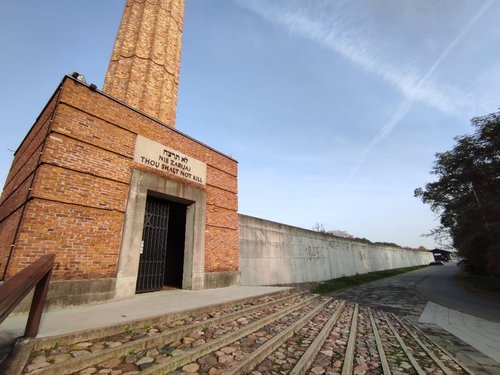
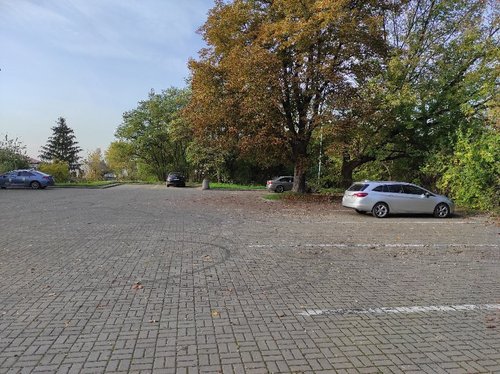


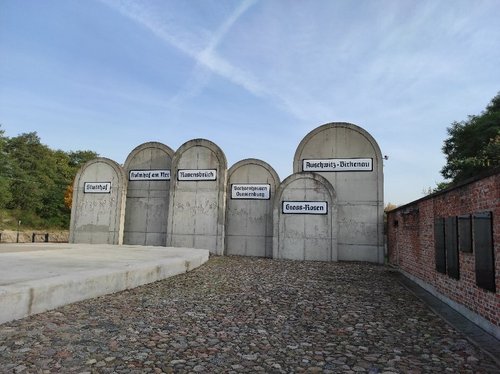
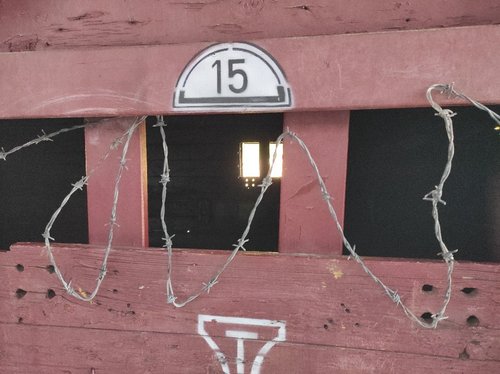
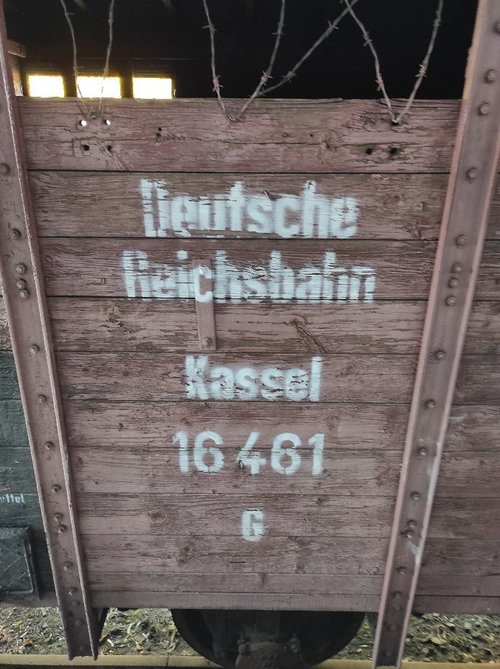

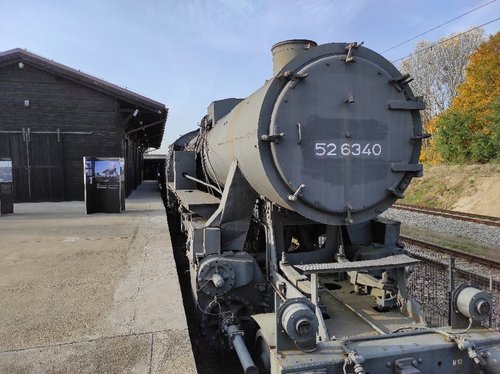
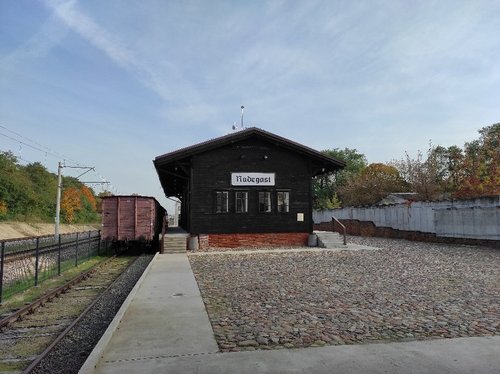
Address
al. Pamieci Ofiar Litzmannstadt Getto 12, Lodz 91-859 Poland
Mobile
Website
http://www.muzeumtradycji.pl
Working hours
Monday : 11:00 AM - 6:00 PM
Tuesday : 11:00 AM - 6:00 PM
Wednesday : 10:00 AM - 4:00 PM
Thursday : 10:00 AM - 4:00 PM
Friday :
Saturday : 10:00 AM - 4:00 PM
Sunday : 11:00 AM - 6:00 PM
Current local date and time now
Monday, May 13, 2024, 3:19
User Ratings
4.5 based on (166 reviews)
Reviews
-
5Neil S 5:00 PM Sep 7, 2014
Never to Be Forgotten
Just as humanity should never forget (or deny) the horror perpetrated by the Nazi regime from 1939 to 1945, the visitor to Radegast Station will never forget the experience. Lodz (pronounced “Woodge”) is Poland’s third largest city and 10 years ago began to mark the history of its Jewish ghetto. In 2004 the Park of Survival was created, where some 7,000 tablets list the names of Polish residents who helped to save Jews during World War II - and it should be remembered that not only a person found hiding Jews, but also his/her family and sometimes even their neighbours, faced a death sentence. Also in 2004, to mark the 60th anniversary of the liquidation of the Jewish ghetto in Lodz, Radegast Station, previously a ruin and non-accessible, was renovated and opened to the public as a museum - and a powerful one it is, too. A steam engine and cattle trucks similar to ones used to transport ghetto residents to concentration camps are the most visual reminder of the horror (80 people in each truck, of whom up to half were already dead on arrival after days/weeks of travel without food or water) and another are large-scale Jewish headstones with the names of the concentration camps. However, the most telling are the meticulous written records kept by the Nazis of all the people transported - copies of all these are filed for inspection in the museum and displayed in the ‘five-year-long’ concrete tunnel. When the Nazis occupied Lodz in 1939, the Jewish population numbered over 233,000, about one-third of the total. In August 1944, following Himmler’s order in May for the liquidation of the ghetto, the Jewish population was 68,000. They were deported to Auschwitz-Birkenau, where most were gassed on arrival. Today there are 350 Jews are registered in Lodz, and there may be around 500 in total. Radegast Station helps humanity to never forget.

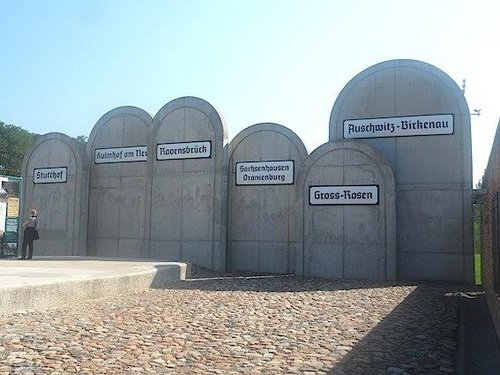

-
5WellTravelledAussie2 5:00 PM Apr 18, 2016
A profound experience and one of the most evocative museums in Poland
Radegast station retains its original shape, erected in 1941 playing a vital role in the deportation of Jews from the Lodz Ghetto to the Nazi concentration camps. The building and train carriages are part of the extermination memorial. The building is now used to host exhibitions which recount the history of the Jewish community in Lodz and the ghetto. You enter via a long tunnel that has the names of those that were so tragically killed. The Nazis were meticulous in their book work and as you walk through this emotion filled tunnel you see how the Nazis changed from just handwriting the names and occupations to typewriting these details into long lists. What monsters they were!